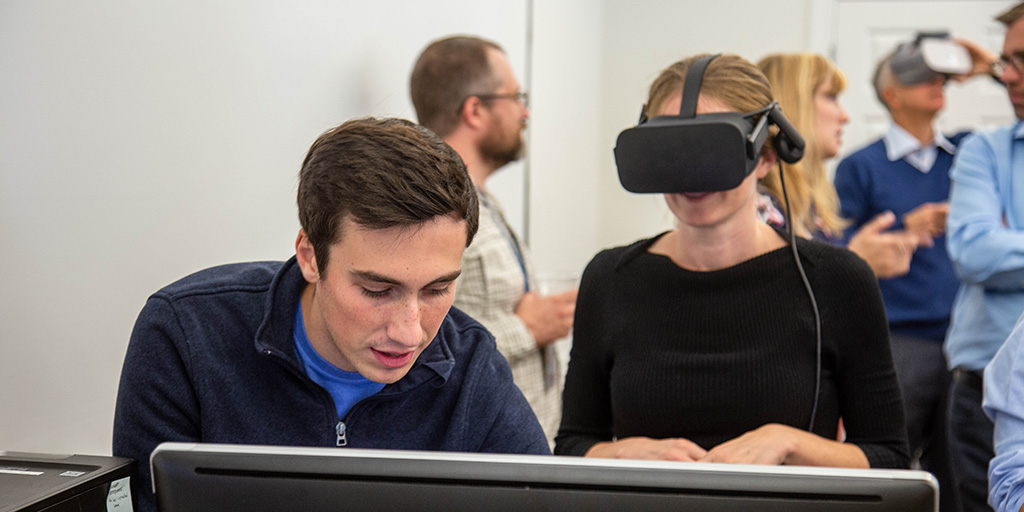Explore an Ancient City with the Smart Archaeology Team
June 3, 2020

In central Italy, the Vulci archaeological site provides a rich opportunity to understand what life was like for the ancient Etruscans and Romans who lived there.
“Duke is the first university with a permit of excavation,” says Maurizio Forte, Director of Vulci 3000 and William and Sue Gross Professor of Classical Studies and Art, Art History & Visual Studies. Vulci is “an intact archaeological site with no occupation in the last few hundred years,” Forte explains. “It’s also an archaeological park, which means that it’s protected and open to visitors.”
Last summer, Forte and his Bass Connections project team, Smart Archaeology, created a terabyte of data during fieldwork to fuel the team’s research back on campus.
To get a sense of the Vulci archaeological site, watch this short video by team member Anna Gotskind ’22.
Next, let team member Aaron Paskin ’20 take you on a tour of the team’s virtual excavation app. “The goal is to provide an immersive virtual reality experience that nearly replicates the experience of physically being at the excavation site,” he says. “Put the headset on and instantly you’re transported to and free to explore the Vulci dig site.”
Paskin explains that researchers at the site took photos that the Duke team brought back to the Dig@Lab, where team members used a process called photogrammetry to stitch the photos together. “The result is an incredibly detailed 3D model of the excavation site,” Paskin says. “From there, I imported this 3D model into a video game development platform called Unity.”

Watch more videos in the team’s submission for the Fortin Foundation Bass Connections Virtual Showcase.
Learn More
- Read about the 2020-21 project team, Virtual Reality and Neuroarchaeology.
- Learn about aerial image processing at Vulci from team member Katherine McCusker.
- Browse the Fortin Foundation Bass Connections Virtual Showcase.
